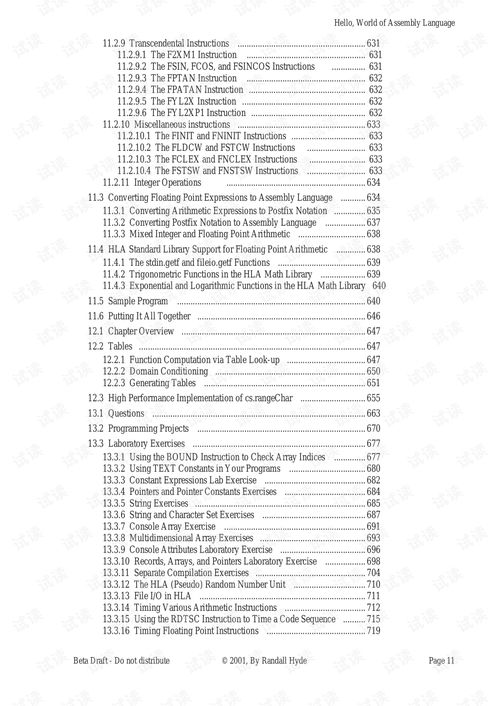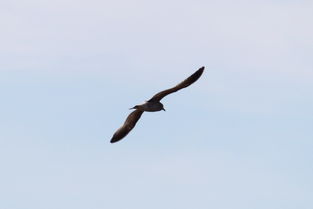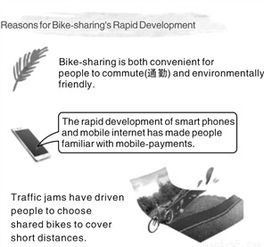Introduction:
Fishing from a boat opens up a world of possibilities, allowing anglers to explore deeper waters and wider horizons. One of the most popular methods for catching fish from a boat is trolling. Trolling involves slowly dragging a lure or bait behind the boat to mimic the natural movement of fish. Mastering the art of trolling can significantly increase your chances of landing a big catch. In this article, we will delve into the techniques for successfully牵引 fish on a fishing boat.
Understanding Trolling:
Before we dive into the specifics of牵引 fish techniques, it's essential to understand the basics of trolling. Trolling is a method that can be used in various water conditions and for different types of fish. It involves the following key elements:
Speed: The speed at which you troll can significantly impact your success. Too slow, and the lure may not attract fish; too fast, and the fish may not have enough time to react.
Depth: The depth at which you troll is crucial, as different fish species are found at different depths. It's important to adjust your trolling speed and lure placement accordingly.
Lure Selection: The type of lure you choose will depend on the fish you're targeting. Soft plastics, hard baits, and spoons are all popular choices for trolling.
Line Management: Proper line management is critical for a successful troll. This includes maintaining a straight line, avoiding tangles, and adjusting the lure's action.
Techniques for Successfully Trolling:
Choose the Right Trolling Motor: A trolling motor is an essential piece of equipment for boat fishing. It allows you to maintain a consistent speed and direction. When selecting a trolling motor, consider the size of your boat, the type of fishing you'll be doing, and the power you need to cover the desired area.
Adjust Your Speed: Experiment with different speeds to see what works best for the fish you're targeting. Generally, slower speeds are more effective for larger fish, while faster speeds can be more productive for smaller species.
Tune Your Lure: The action of your lure can make a significant difference. Adjust the weight and size of your lure to match the conditions and the fish you're trying to catch. Experiment with different retrieves, such as a steady pull, a twitch-and-pause motion, or a slow roll.

Maintain a Straight Line: A straight line is crucial for an effective troll. Use a rod holder or a rod holder system to keep your rod in place. This will prevent your lure from getting tangled and allow you to maintain a consistent speed and depth.
Adjust Your Depth: Use a depth finder to monitor the depth of your lure. Adjust the height of your trolling motor to ensure your lure is at the desired depth. Remember that fish can be found at different depths, so be prepared to make adjustments as needed.
Use a Variety of Lures: Different lures will work better in different conditions and for different fish species. Keep a variety of lures on board and be willing to switch them out based on what the fish are responding to.
Read the Water: Pay attention to the water's surface and the behavior of other boats. If you see other boats catching fish, it may be worth following their lead. Additionally, look for signs of fish activity, such as surface disturbances or bird activity.
Practice Patience: Trolling can be a waiting game. Be patient and stay focused. It's important to maintain a consistent approach and not get discouraged if you don't catch anything right away.
Conclusion:
Trolling is a highly effective method for catching fish from a boat. By mastering the techniques for successfully牵引 fish, you can increase your chances of landing a big catch. Remember to choose the right equipment, adjust your speed and depth, and be patient. With practice and experience, you'll become a skilled troll fisherman and enjoy the thrill of the catch. Happy fishing!












